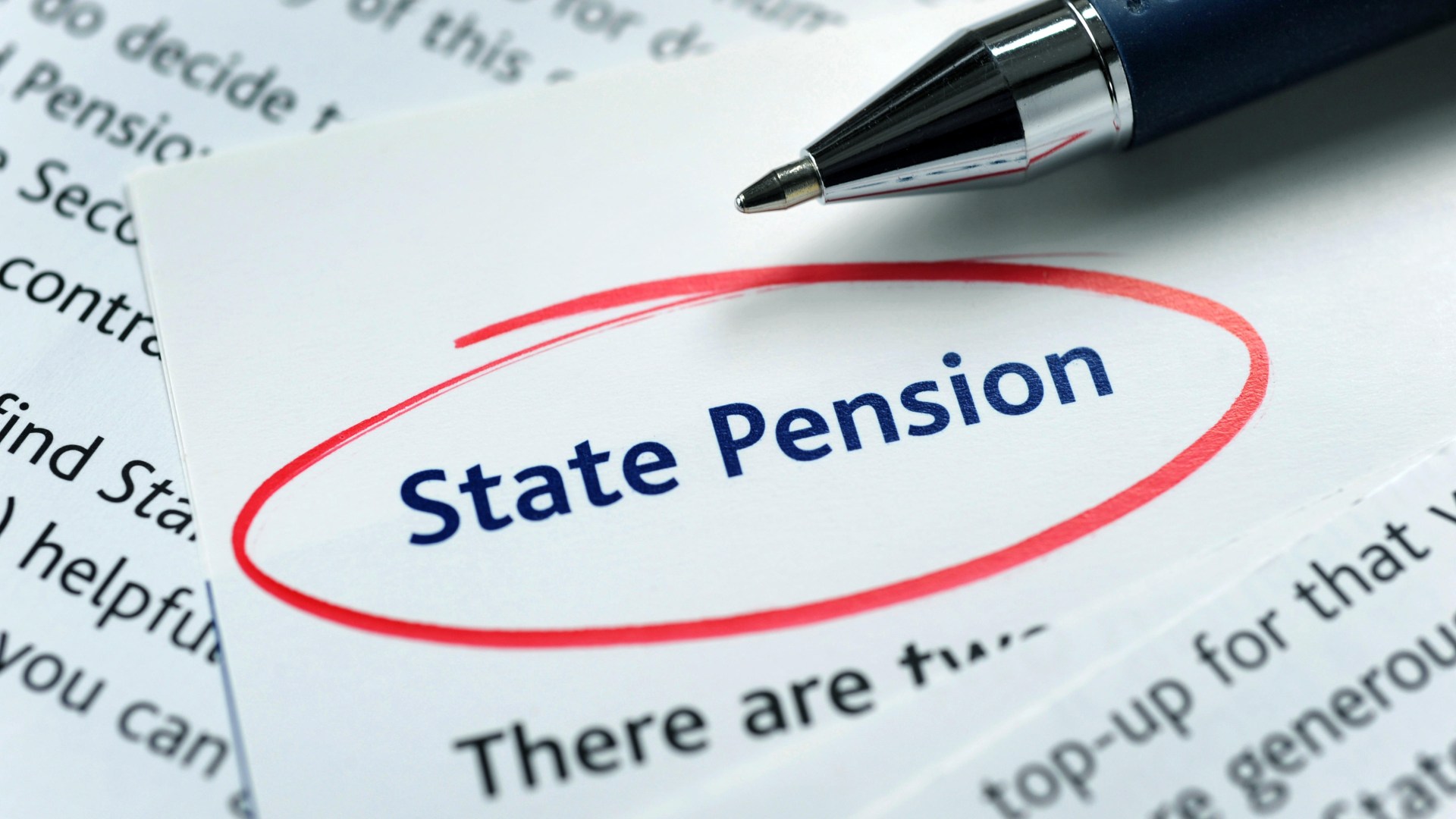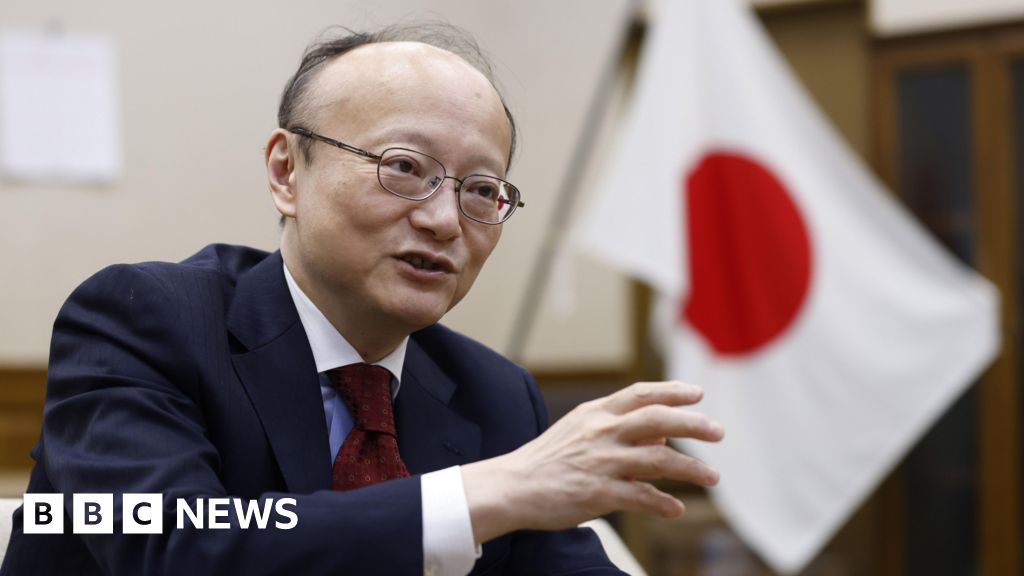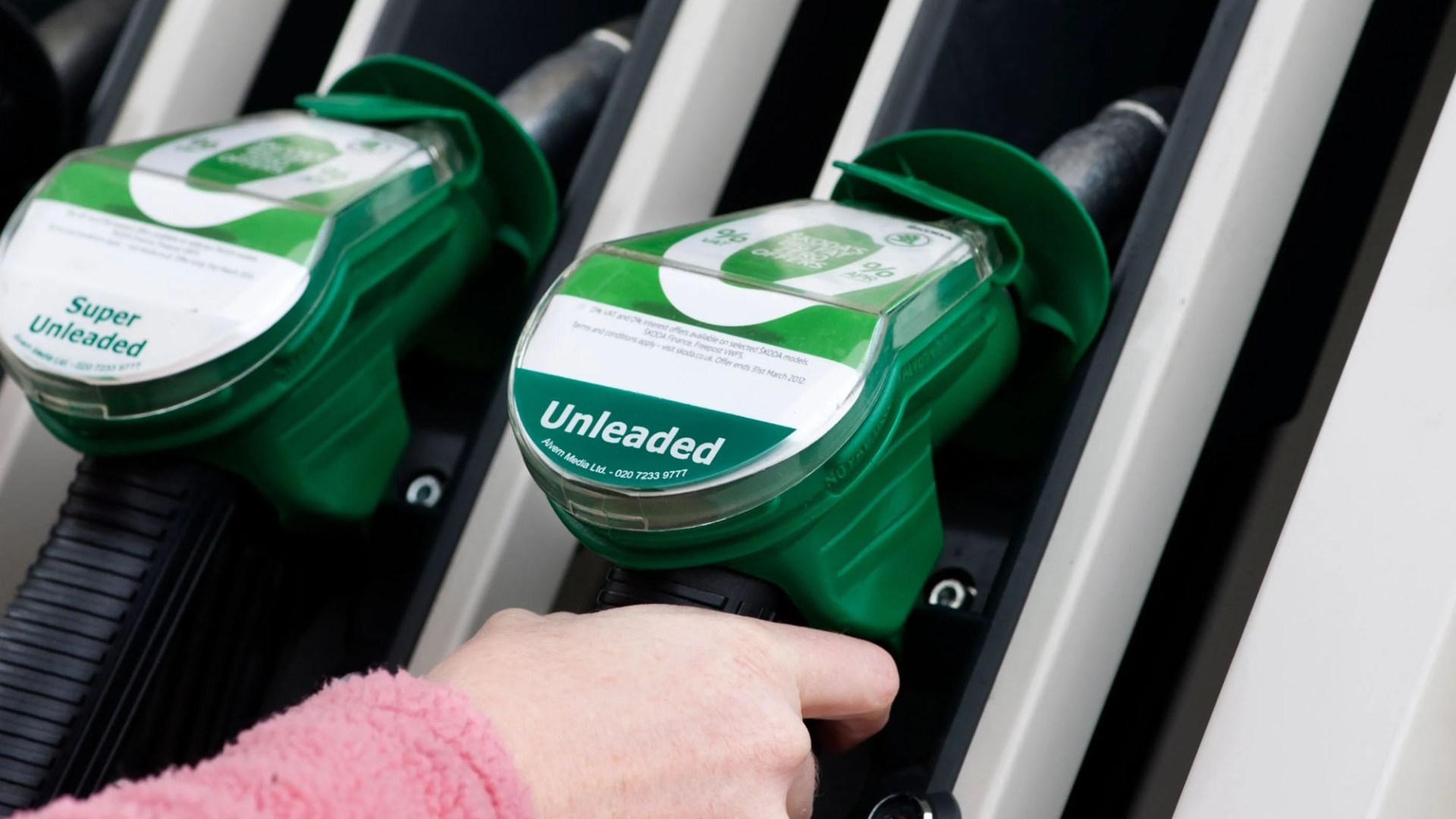Amazon is set to roll out a greater number of advertisements across its blockbuster television shows and movies on Prime Video next year as the US tech giant steps up its push into ad-funded streaming services.
The company said it had not seen a sharp drop in subscribers since it introduced advertising to its Prime Video platform eight months ago, allaying fears among top executives of a customer backlash, as it attempts to win over more brands to its streaming service.
Kelly Day, vice-president of Prime Video International, who oversees the streaming video business in global markets, told the Financial Times there would be an increasing number of ad slots for brands to target in 2025.
Talking ahead of its first London “up front” on Wednesday evening — when television companies present their plans to advertisers to attract money over the next year — Day said its advertising “load” would “ramp up a little bit more into 2025”.
Amazon has joined a highly competitive market for ad-supported streaming services. Most rival platforms, including Netflix, Max, Paramount+ and Disney+, have brought in an ad-supported tier at a lower price than subscriptions that carry no ads.
It will on Wednesday attempt to woo advertisers with new data showing it can reach about 19mn monthly British viewers — almost a third of the population. Overall, Amazon said it had a global ad reach of about 200mn — the average monthly potential viewers of ad-supported Prime Video — with more than half in the US.
Day said that Prime Video had deliberately launched earlier this year with a “very light ad load” — for example no ad breaks in the middle of a programme — which had been a “gentle entry into advertising that has exceeded customers expectations in terms of what the ad experience would be like”.
The ecommerce group automatically flipped its more than 200mn total global subscribers to its ad-supported service, unless they actively chose to pay more for the premium ad-free service.
Day said: “We know it was a bit of a contrarian approach to take to things from us. But . . . it’s actually gone much better than we even anticipated.”
She said that “churn” — when a customer leaves the Prime service — had also “been much, much less than we anticipated . . . we haven’t really seen a groundswell of people churning out or cancelling”.
Day declined to say how many customers had moved to pay more for their ad-free tier, but said it was below the figure estimated by some analysts of 20 per cent.
Amazon will also unveil interactive and “shoppable” ad formats for Prime Video. Viewers will be able to add an item to their cart, or learn more about a brand, by simply clicking their remote or scanning their mobile device, without having to leave shows on the streaming service. Amazon is seen by rivals and analysts to have a uniquely strong ability to convert advertising to sales on its own retail platform.
Ads have become a fast-growing and highly profitable source of income for Amazon in recent years. Revenues from its digital advertising business rose a fifth to $12.8bn during the second quarter of 2024 compared with the year before.
Some production companies have raised concerns that streaming services have been cutting back on their spending on new shows, following an initial splurge as they battled for subscriber growth.
But Day said Amazon had overall increased spending on content for Prime, including more on live sports rights. She also confirmed plans for live news coverage of the US election, and said live sports, such as the National Football League’s Thursday Night Football, and events such as music, would continue to be important.
Viewing numbers had also increased this year, she said, on the back of original content such as Mr & Mrs Smith, Road House, Fallout and Rings of Power. Next year, she pointed to a strong number of new shows, such as the next series of Fallout, and movies starring Will Ferrell and Reese Witherspoon.




































































































































You must be logged in to post a comment Login